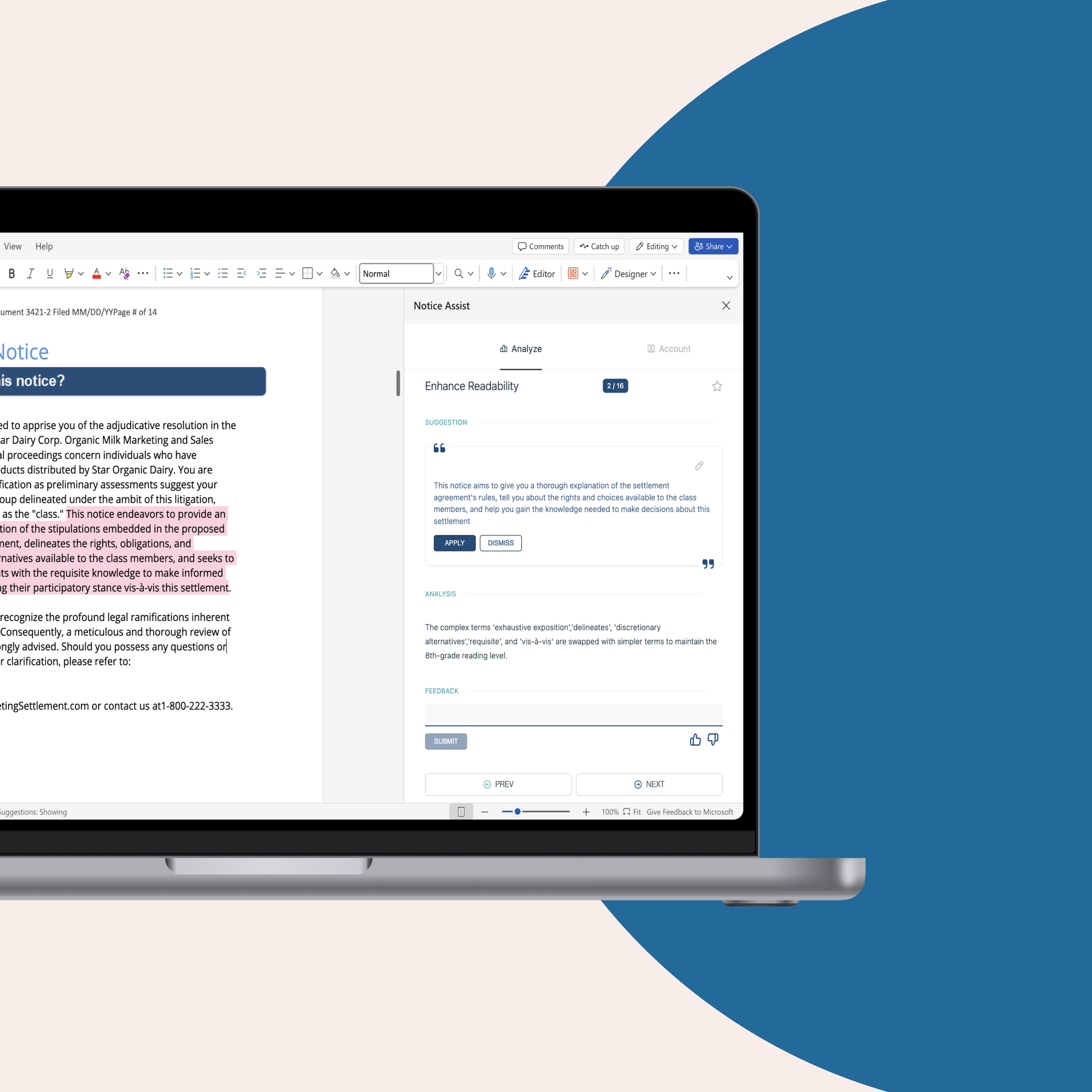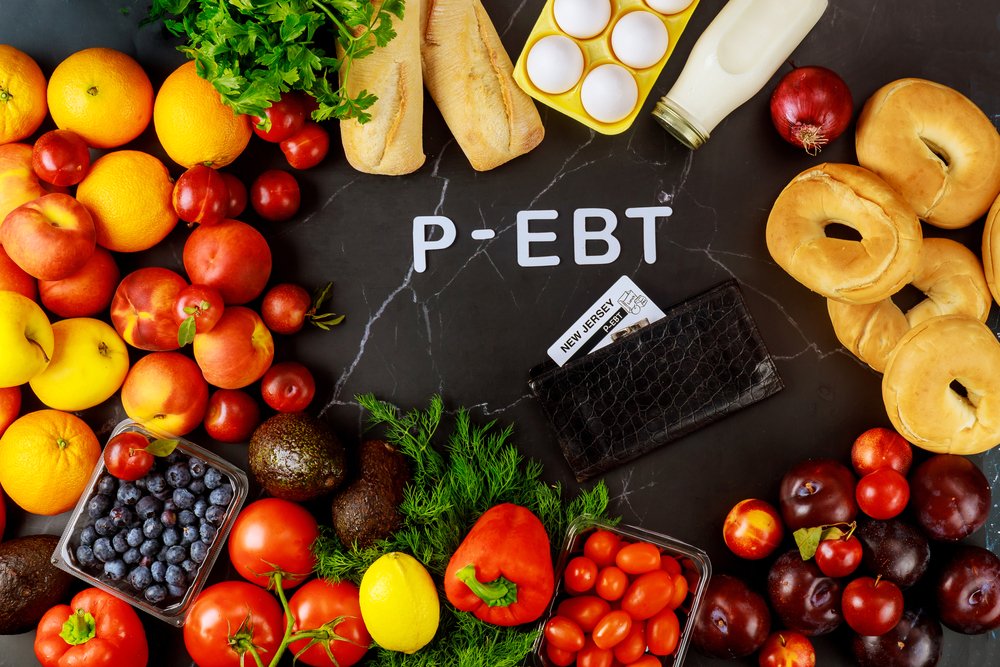Tyson Foods, Inc. v. Bouaphakeo – Fighting for the Rights of Low-Wage Workers
Robert Schug
Dir. of Litigation
& Training
Impact Fund
Wage theft is a huge problem.
In 2014 alone, the U.S. Department of Labor recovered over $240 million in unpaid wages for over 270,000 workers. Not surprisingly, the lowest paid workers are often the most vulnerable. Many low-wage workers are not fully informed about their rights, or fear retaliation if they speak up. And those who want to take legal action have a hard time securing counsel due to the low value of their claims. Recordkeeping violations by employers make things even worse; a lack of legally-required documentation can make proving violations difficult, if not impossible.
This is why class actions matter to low-wage workers. There is strength in numbers. Class actions give workers the ability to band together, pooling their resources to take on even the biggest, most sophisticated companies. Class actions make it possible for workers to aggregate claims that, if pursued alone, would be too small to attract competent counsel or might not be worth pursuing at all. The ability to act collectively gives workers a way to prove large scale, systemic violations through the use of representative proof or expert testimony that might not be available to a single plaintiff.
A recent victory by over 3,000 workers at a Tyson Foods meat processing facility in Iowa, provides a perfect example. The workers alleged that Tyson – a $38 billion company – failed to pay proper wages for certain pre- and post-shift activities, including putting on and taking off protective equipment and carrying items to the production floor. During a nine-day jury trial, the workers proved that Tyson was liable through individual timesheets kept by the company, as well as expert testimony regarding the time it took to complete the tasks in question. The jury sided with the workers. All said and done, the verdict totaled nearly $6 million.
The Eighth Circuit Court of Appeals affirmed the verdict in Bouaphakeo v. Tyson Foods, Inc., 765 F.3d 791 (8th Cir. 2014), and Tyson eventually appealed to the U.S. Supreme Court. On June 8, 2015, the Supreme Court agreed to take the case to address two questions:
(1) Whether differences among individual class members may be ignored and a class action certified under Federal Rule of Civil Procedure 23(b)(3), or a collective action certified under the Fair Labor Standards Act, where liability and damages will be determined with statistical techniques that presume all class members are identical to the average observed in a sample.
Translation: When can representative proof be used to prove liability and damages?
(2) Whether a class action may be certified or maintained under Rule 23(b)(3), or a collective action certified or maintained under the Fair Labor Standards Act, when the class contains hundreds of members who were not injured and have no legal right to any damages.
Translation: Does it matter if some class members didn’t suffer any losses?
The Supreme Court’s decision in Tyson will be highly anticipated. We’ll be keeping a close eye on the case.











